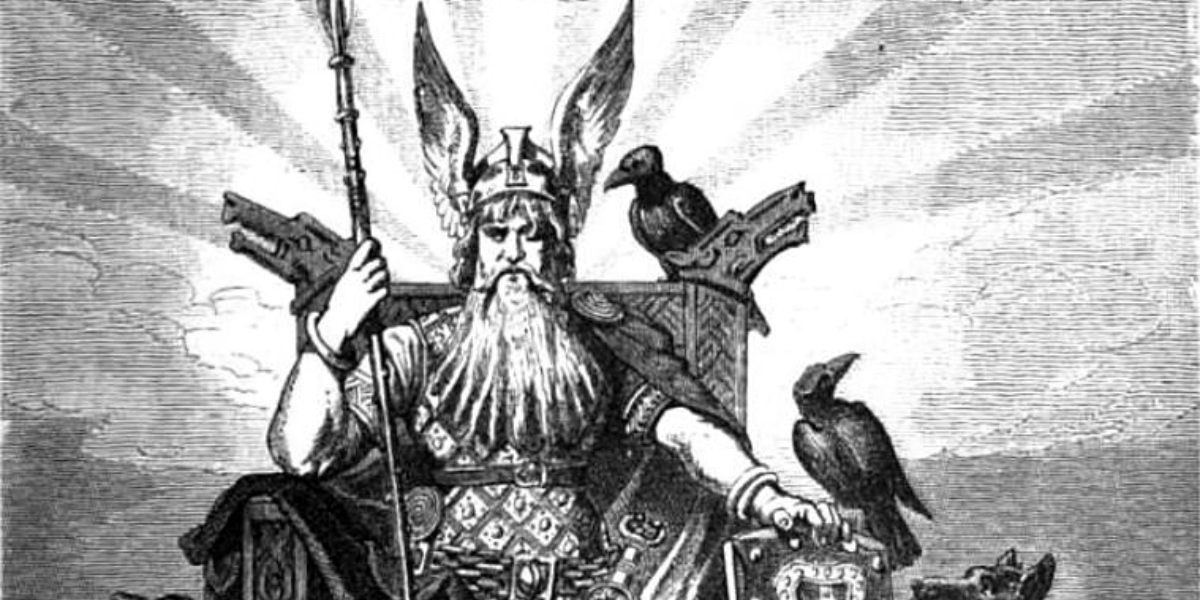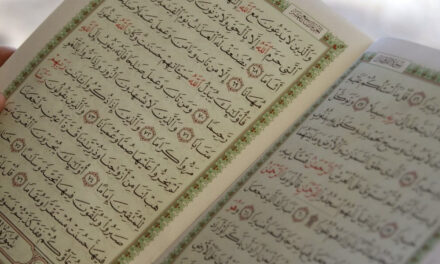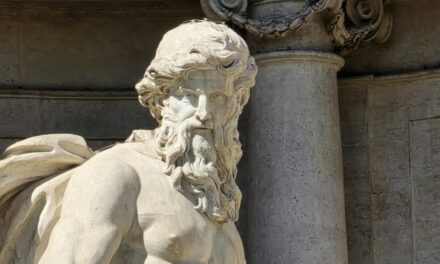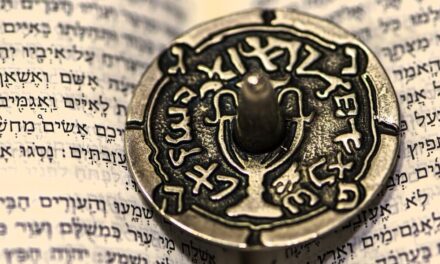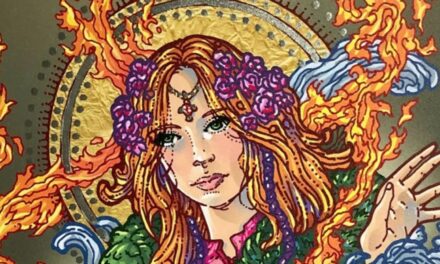Introduction
In the frozen north, where mountains pierce the sky and seas crash with relentless force, the Norse gods once ruled with thunder and fire. They were gods of battle and wisdom, of fertility and fate, shaping the lives of their people with both fury and grace. They were not gentle deities, but companions in struggle — gods who demanded courage, sacrifice, and honor.
Former Glory
The Norse pantheon, known as the Æsir and Vanir, flourished among the Germanic tribes and the seafaring Norse. They were honored in grand feasts, blood sacrifices, and sacred groves across Scandinavia, Iceland, and beyond. Odin, the Allfather, was worshiped as the seeker of wisdom and master of magic, his one eye burning with the cost of knowledge. Thor, defender of gods and men, wielded his hammer Mjölnir against the giants, protector of travelers and homes. Freyja, goddess of love, beauty, and seiðr (magic), was revered both for her sensuality and her strength. Tyr, the god of justice, gave his hand to bind the monstrous wolf Fenrir, embodying sacrifice for the greater good.
Worship of these gods filled longhouses and sacred fields with ritual. Archaeological evidence points to great halls used as temples, such as the one at Uppåkra in Sweden. Offerings of animals, weapons, and treasures were given in rivers, bogs, and burial sites. The gods were not distant — they were kin, demanding loyalty, bravery, and respect.
Modern Revival
Today, the Norse gods are among the most widely worshiped deities in modern Paganism, especially through Ásatrú and Heathenry. In Iceland, Ásatrú has been officially recognized since 1973, and the first new temple to the Norse gods in a thousand years is rising in Reykjavik. Gatherings called blóts (sacrificial feasts) are still held, where offerings of mead, bread, and symbolic sacrifices are shared in honor of the gods.
In Scandinavia, Germany, the UK, and the USA, communities of Heathens and Ásatrúar honor Odin, Thor, Freyja, Tyr, Frigg, and others through rituals, storytelling, and seasonal festivals such as Yule, Midsummer, and Winter Nights. Thor’s hammer pendants are worn as symbols of protection and faith, while mead is shared in sumbels (ritual toasts) to gods, ancestors, and heroes.
Odin is invoked by seekers of knowledge, poets, and magicians. Thor is called upon for strength and protection, particularly by soldiers and travelers. Freyja has gained a strong following among modern women and witches who connect to her aspects of magic and sovereignty. Heathen groups also emphasize community, ancestry, and the sacred bond of oaths, all central to the old ways.
The revival is not limited to Europe. In North America, Heathen gatherings often draw hundreds, blending historical research with living spirituality. Online communities, publications, and kindreds keep the names of the Norse gods alive, forging a global network of devotion.
Conclusion
The Norse gods have not faded with the sagas, nor vanished into myth alone. They remain in the thunder that shakes the sky, in the wisdom found at great cost, in the battles faced within and without. Perhaps the question remains: do Odin’s ravens, Thor’s hammer, and Freyja’s tears still shield those who call upon them, guiding their worshipers through the storms of the modern world?

